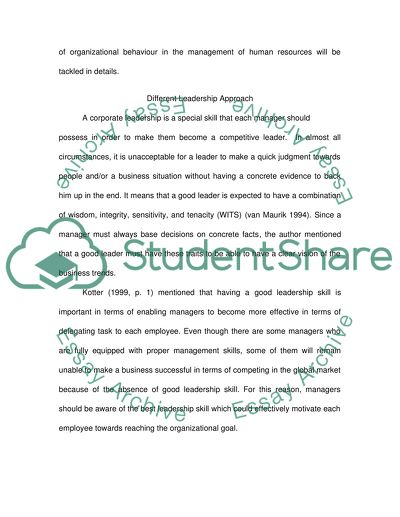Cite this document
(“Significance of Organizational Behaviour in Managing Human Resources Essay”, n.d.)
Retrieved from https://studentshare.org/human-resources/1431813-significance-of-organizational-behaviour-in-managing-human-resources
Retrieved from https://studentshare.org/human-resources/1431813-significance-of-organizational-behaviour-in-managing-human-resources
(Significance of Organizational Behaviour in Managing Human Resources Essay)
https://studentshare.org/human-resources/1431813-significance-of-organizational-behaviour-in-managing-human-resources.
https://studentshare.org/human-resources/1431813-significance-of-organizational-behaviour-in-managing-human-resources.
“Significance of Organizational Behaviour in Managing Human Resources Essay”, n.d. https://studentshare.org/human-resources/1431813-significance-of-organizational-behaviour-in-managing-human-resources.


